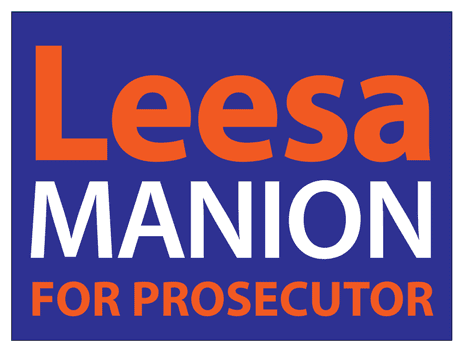Reducing Gun Violence
I believe we are deserving of a community free of the harmful impacts of gun violence, and I have long worked to address the gun crisis in King County and in our State.
Since 2015, I have served on the Board of the Alliance For Gun Responsibility (AGR), where I strongly supported the passage and enactment of new laws that served to keep guns out of the hands of dangerous individuals:
- SHB 2410, restricted access to firearms for certain felonies;
- HB 1840, increased victim safety by creating a process where judges could require domestic violence perpetrators to surrender their firearms;
- I-594, established universal background checks in Washington State;
- I-1491, the Extreme Risk Protection Order (ERPO) initiative, empowered families and law enforcement to prevent harm by temporarily restricting access to guns for individuals who are at an elevated risk of harming themselves or others
I know how to address this problem from multiple perspectives. Through my work in the Prosecuting Attorney’s Office, I worked with law enforcement, the Seattle City Attorney’s Office, the courts, and the Seattle and King County Councils, and the Alliance for Gun Responsibility in launching the Regional Domestic Violence Firearm Enforcement Unit.
This unit, housed in the Prosecuting Attorney’s Office, takes a multi-disciplinary approach to tracking and enforcing Extreme Risk Protection Orders, as well as the removal, storage and return of surrendered firearms across all of King County. In its first year of operation, the DV Firearms Enforcement Unit safely removed 466 firearms from domestic violence and other dangerous situations – more than 3x the number of firearms removed the year prior to its launch.
I also propose to address youth gun violence with four key strategies:
- First, we must identify where gun violence is the greatest and determine which neighborhoods and individuals need the most urgent interventions. The Crime Strategies Unit of the Prosecuting Attorney’s Office, in partnership with law enforcement, has this data.
- Second, we must directly engage those youth most at risk to offer opportunities as an alternative to violence.
- Third, we must offer a broad range of services and supports – educational support, employment, mentoring and treatment and mental health services.
- And finally, for those who do not respond to community-based interventions and services, police, prosecutors and community must work together on a court-based enforcement and supervision strategy that is transparent, brings accountability, and continues to offer therapeutic services to young people.
